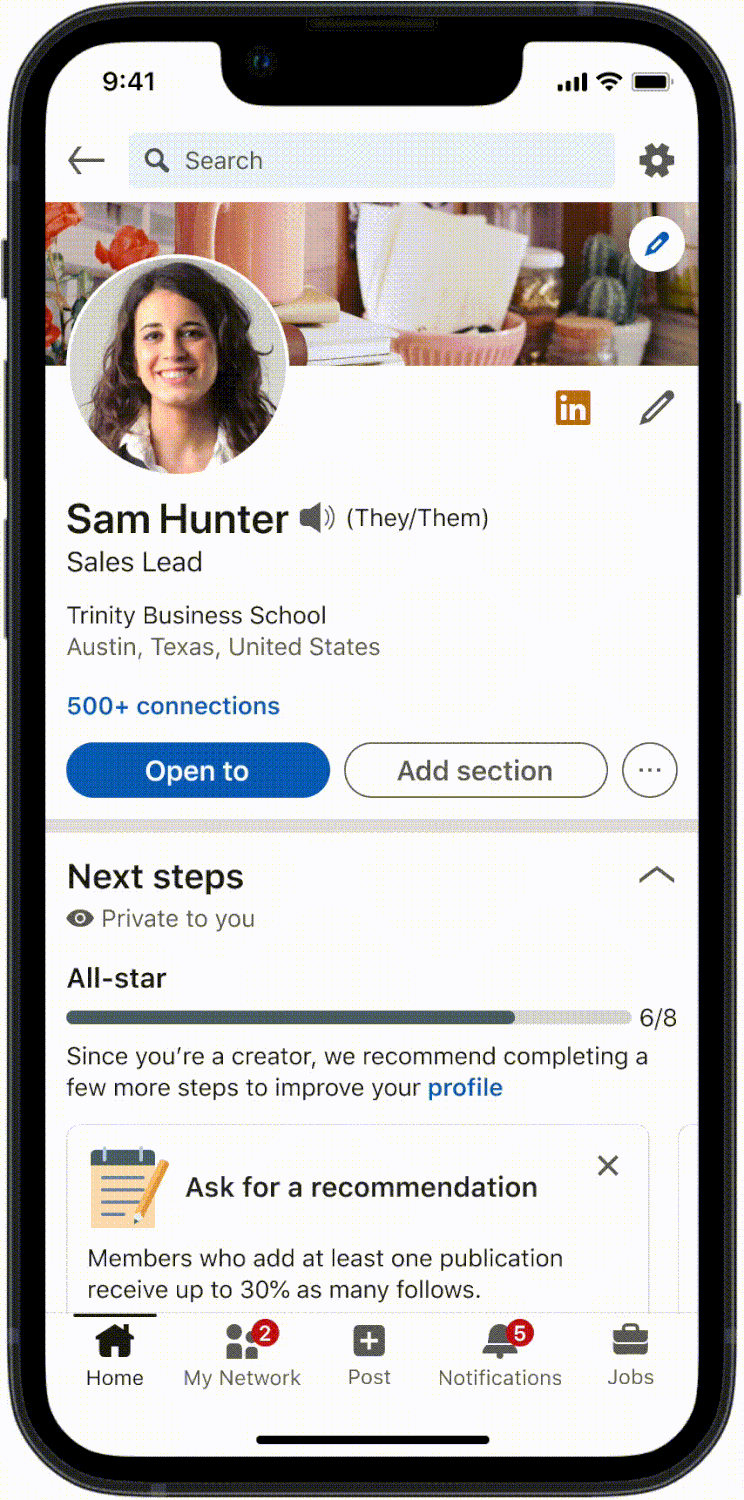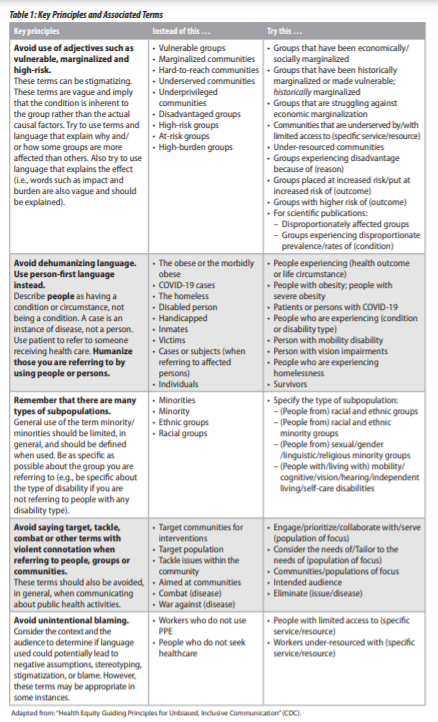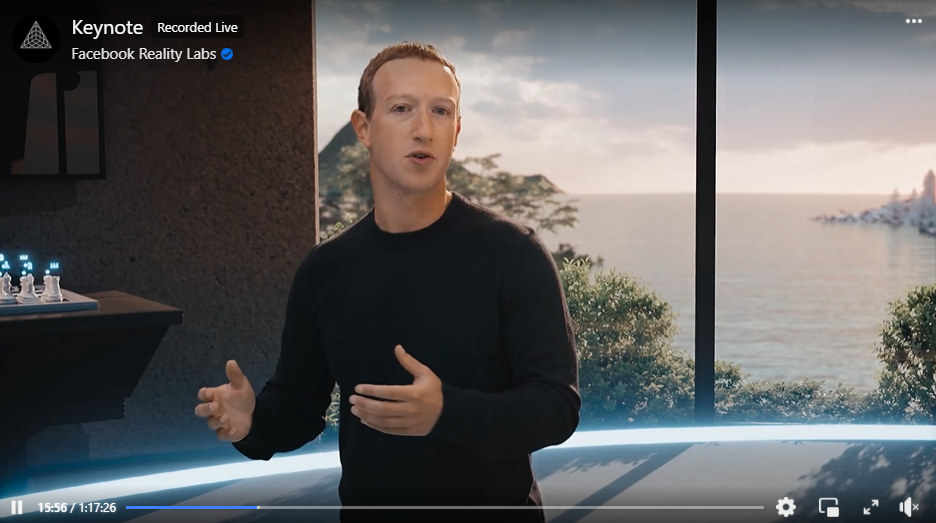LinkedIn Gives Options for Employment Gaps
/In a new feature, LinkedIn gives users 13 ways to describe reasons for employment gaps. In a blog post, a senior product manager at LinkedIn explained the rationale:
“According to a recent survey, more than half of professionals have taken a career break. Yet for far too long, the possibility of embarking on a career break has been overshadowed by stigma, which 60% of people believe still exists. . . . 46% of hiring managers believe candidates with career breaks are an untapped talent pool.”
Recruiters have business reasons to be more open-minded about time away from work. The “Great Resignation” and tight labor market left openings that employers need to fill.
LinkedIn’s survey found that 51% of employers are more likely to contact candidates who “provides context” about a gap. Of course, what LinkedIn doesn’t say is that 49% may be less likely or just as likely to follow up. Still, we may be seeing more compassion about personal challenges, including breaks for mental health reasons, family responsibilities, and illness.
If this feature is used widely, it could normalize work breaks and reduce the stigma of taking time off. Personal reasons are personal, but revealing them may encourage applicants to be more vulnerable and authentic—to trust that employers won’t judge them harshly and to present themselves genuinely, “warts and all.”
To explain a gap is to take a risk but so is not explaining a gap. In this case, an employer may think the worst, and applicants have no chance to include their own voice.


















